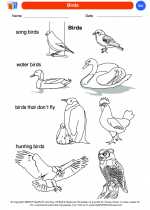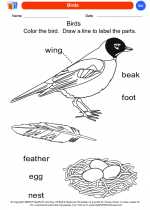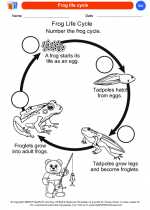Cumulus Clouds
Cumulus clouds are a type of cloud that are fluffy, white, and usually have a flat base. They are often described as looking like cotton balls or cauliflower. These clouds are formed by the convection process, where warm air rises and cools, causing water vapor to condense into visible cloud droplets.
Formation of Cumulus Clouds
Cumulus clouds form when warm air near the Earth's surface rises and cools as it ascends. As the air cools, the water vapor in the air condenses into tiny water droplets, which gather to form the visible cloud. The flat base of the cumulus cloud forms at the level where the rising air has cooled enough for the water droplets to condense.
Characteristics of Cumulus Clouds
Cumulus clouds are typically detached, individual clouds, and are often seen on fair weather days. They are associated with pleasant weather conditions and are known for their puffy, white appearance. Cumulus clouds can grow vertically and develop into cumulonimbus clouds, which are associated with thunderstorms.
Study Guide
- Describe the appearance of cumulus clouds.
- Explain how cumulus clouds are formed.
- What weather conditions are usually associated with cumulus clouds?
- What type of cloud can cumulus clouds develop into?
- Draw and label a diagram showing the formation of cumulus clouds.
Understanding the formation and characteristics of cumulus clouds can help us predict weather patterns and appreciate the beauty of the natural world. Now that you have learned about cumulus clouds, try to observe them in the sky and see if you can identify their features!
[Cumulus Clouds] Related Worksheets and Study Guides:
.◂Science Worksheets and Study Guides Kindergarten. All About Animals

 Coloring Worksheet
Coloring Worksheet
 Coloring Worksheet
Coloring Worksheet
 Coloring Worksheet
Coloring Worksheet
 Coloring Worksheet
Coloring Worksheet
 Coloring Worksheet
Coloring Worksheet
 Coloring Worksheet
Coloring Worksheet
 Coloring Worksheet
Coloring Worksheet
 Coloring Worksheet
Coloring Worksheet
 Coloring Worksheet
Coloring Worksheet
 Coloring Worksheet
Coloring Worksheet
 Coloring Worksheet
Coloring Worksheet
 Coloring Worksheet
Coloring Worksheet
 Coloring Worksheet
Coloring Worksheet
 Coloring Worksheet
Coloring Worksheet
 Coloring Worksheet
Coloring Worksheet
 Coloring Worksheet
Coloring Worksheet
 Coloring Worksheet
Coloring Worksheet
